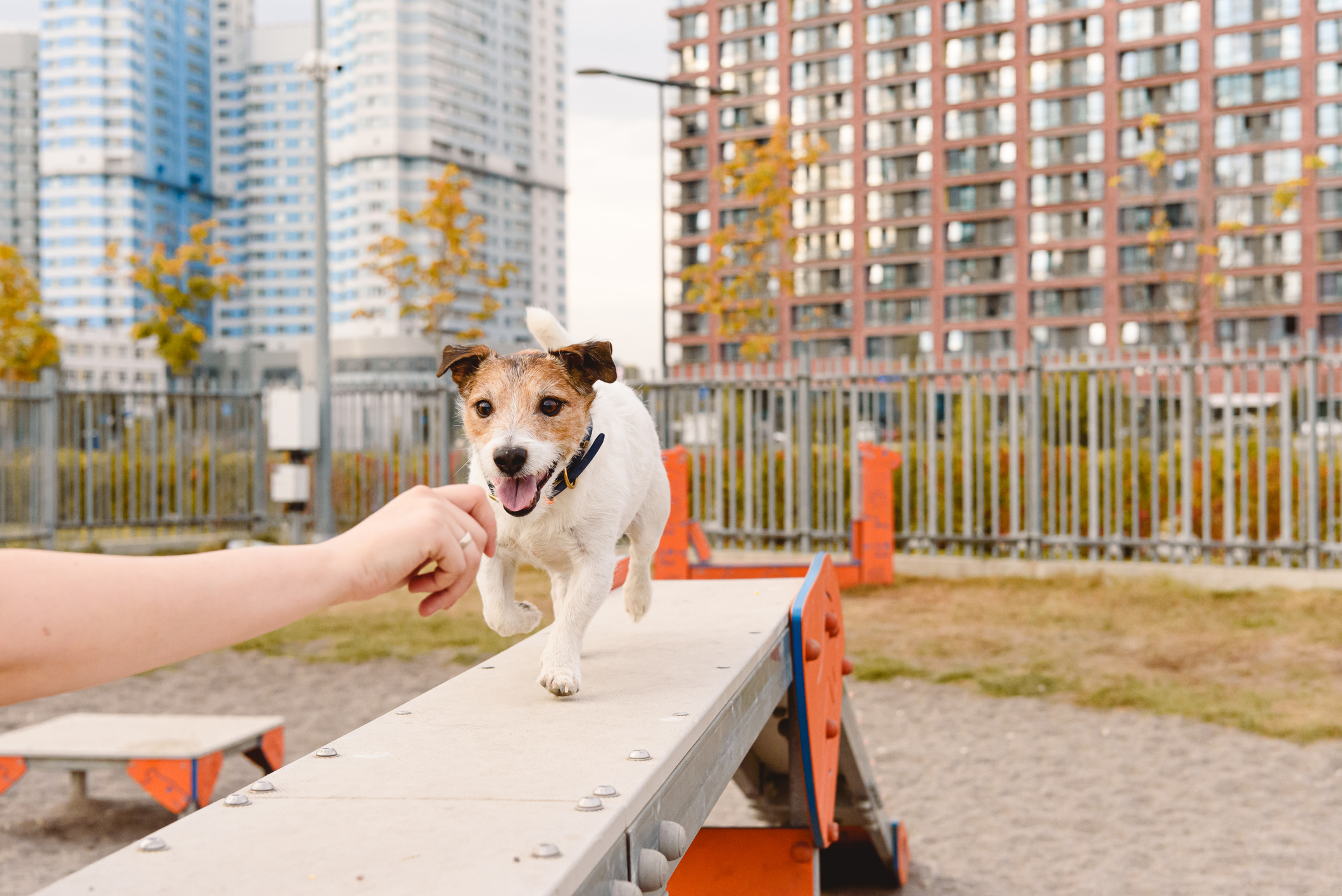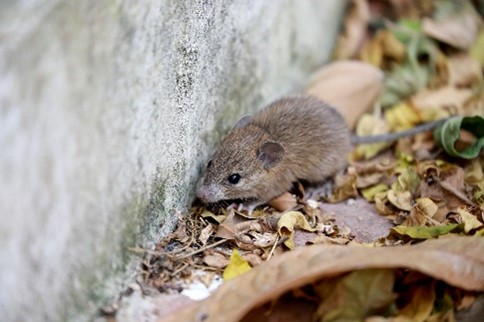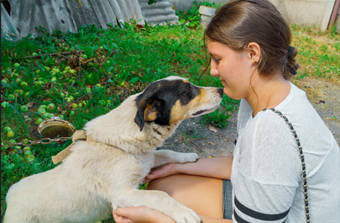During the pandemic, with the streets empty, wild animals - including rats - reclaimed their space in cities, reminding us of their silent but persistent presence in the urban environment.
In 2021, the city of Los Angeles, United States, faced an outbreak of canine leptospirosis that put the local public health system on alert. At least 200 dogs were diagnosed with this zoonotic disease, an unusually high number for a city with a temperate climate. While this episode was striking, it is not an isolated situation.
As rodent populations in large cities grow, so do the risks associated with diseases such as leptospirosis. Globally, it is estimated that 30% of urban rodents (Rattus norvegicus), the main reservoir of this disease, may be infected with the bacterium Leptospira spp. – with this figure reaching 80% in some regions.
The increase in cases of leptospirosis in tropical regions reflects how heat and heavy rains create ideal conditions for the spread of this zoonotic disease.
Leptospirosis is a bacterial zoonosis that affects animals and humans. It is transmitted through contact with the urine of infected animals, mainly rodents, which can contaminate soil, stagnant water, puddles and surfaces. In dogs, clinical signs include fever, vomiting, lethargy, kidney failure and, in severe cases, death. The disease is estimated to affect more than 1 million people worldwide each year, although this figure may be underestimated.
Leptospirosis in humans can run from a mild or asymptomatic infection to a severe and even fatal disease. However, scientific evidence shows that the risk of direct disease transmission from infected dogs to humans is low.
In animals, some strains of Leptospira can form biofilms, structures that allow them to adhere to surfaces and protect themselves from antibiotics, which complicates the eradication of the bacteria. This also occurs in the environment, which favours their persistence, explaining why some outbreaks of leptospirosis occur many months after periods of heavy rainfall.
Contrary to popular belief, all dogs are at risk, regardless of whether they live in urban or rural areas or have access to the outdoors. Exposure can occur on walks, in public parks, backyards and even through indirect contact with contaminated water sources.
On the occasion of World Zoonoses Day 2025, the Regional Representation for the Americas of the World Organisation for Animal Health (WOAH) organised a webinar focusing on the need to address diseases such as leptospirosis under a ‘One Health’ approach.
During the event, Dr Jane Sykes, representative of the World Small Animal Veterinary Association (WSAVA), highlighted the importance of integrating efforts between animal health, human and environmental health sectors.
“Leptospirosis is a clear example of why we need collaboration between clinicians, veterinarians, environmental authorities and communities. Only a truly integrated approach can reduce the risk of outbreaks in increasingly complex and interconnected urban environments,” said Dr Sykes.
Leptospirosis prevention requires a combination of actions:
WOAH promotes the strengthening of national capacities in surveillance, response and multi-sectoral collaboration as key pillars to prevent and control emerging zoonotic diseases.
More information:



